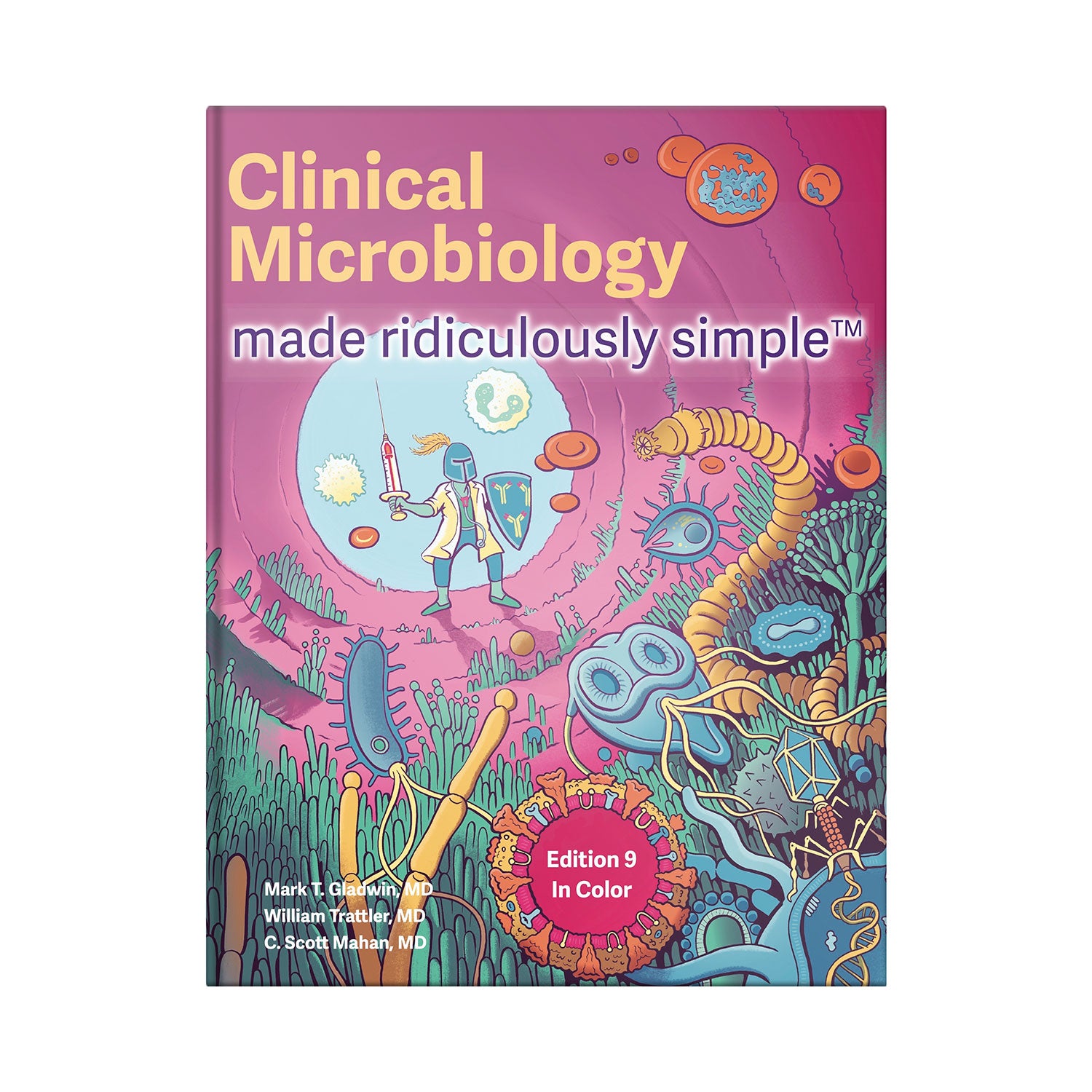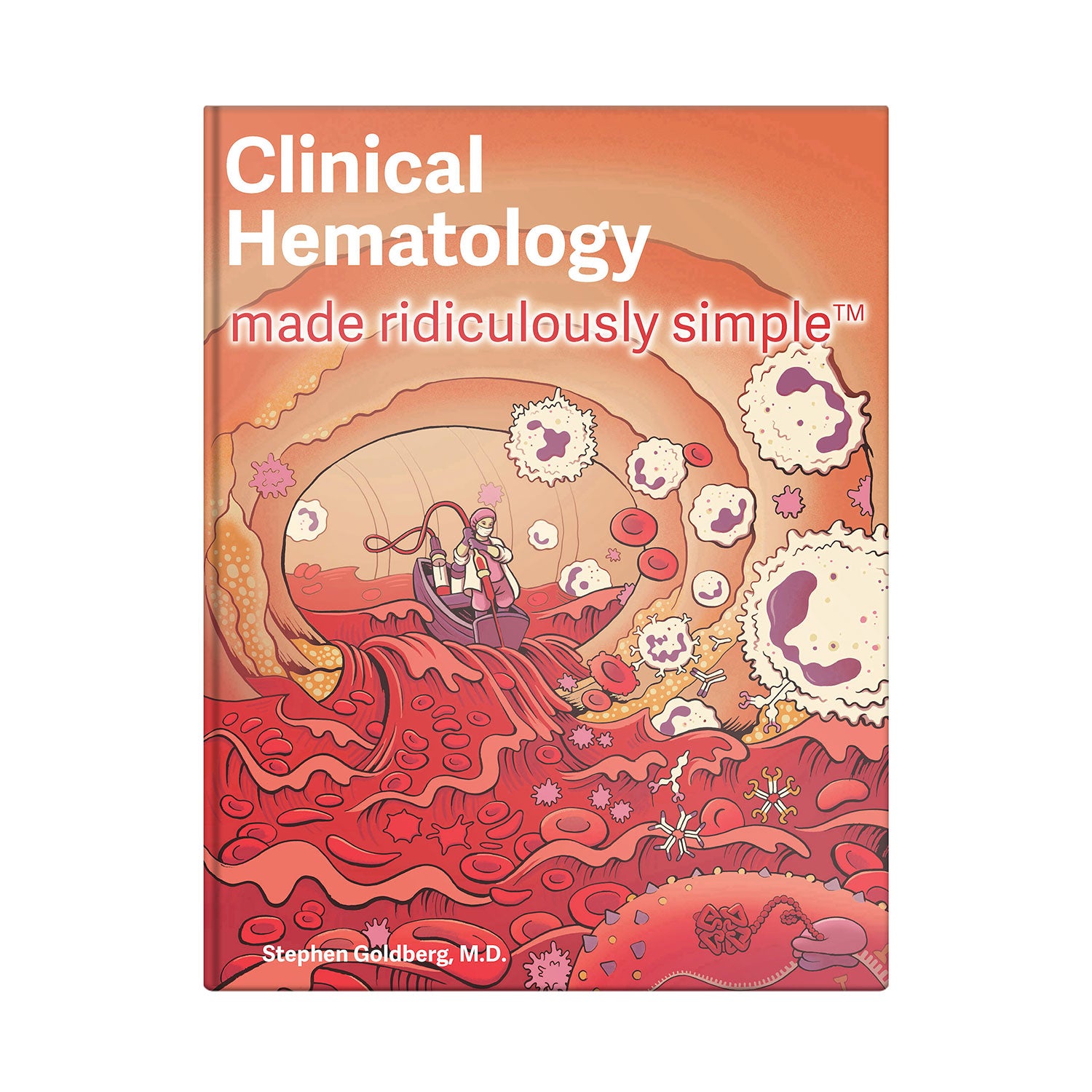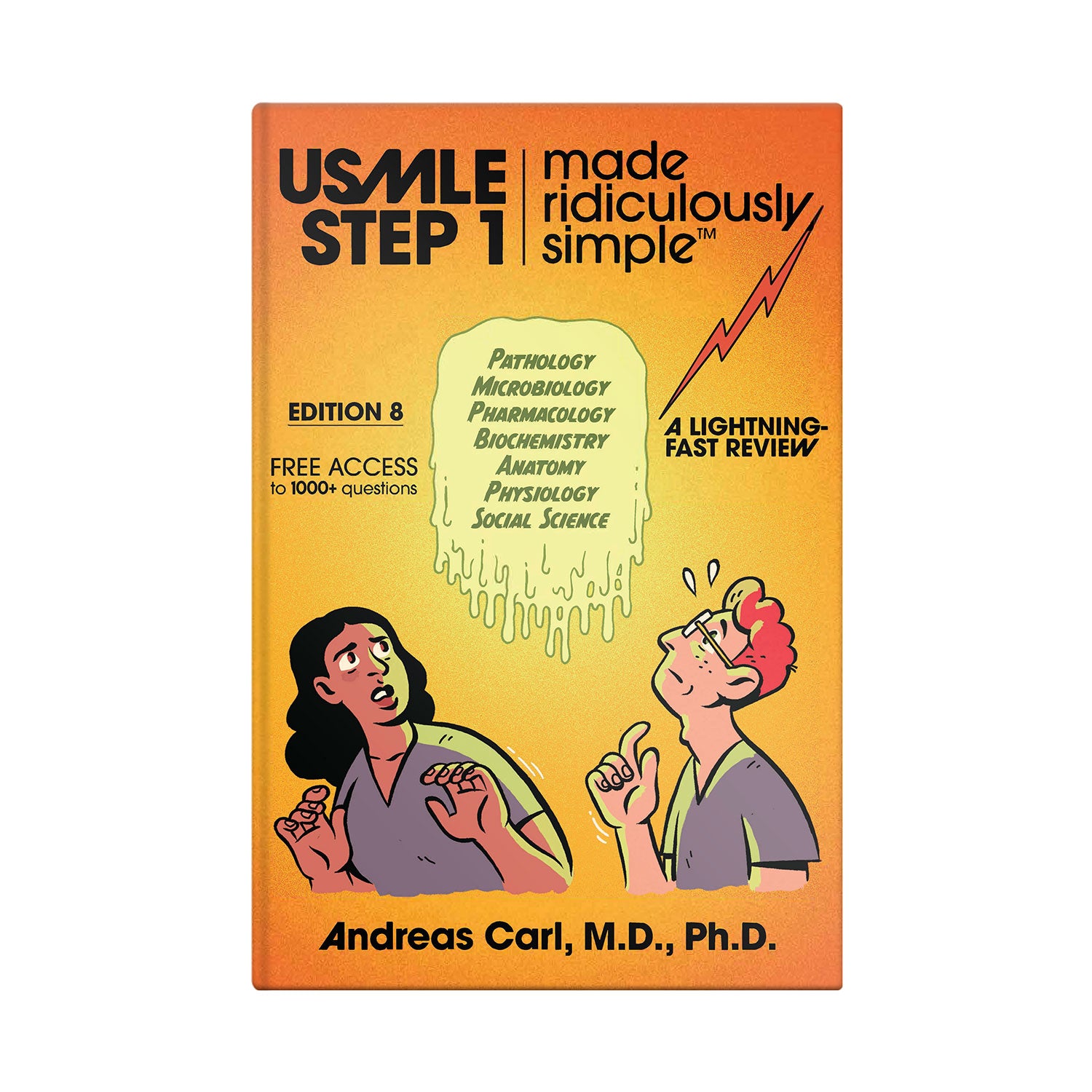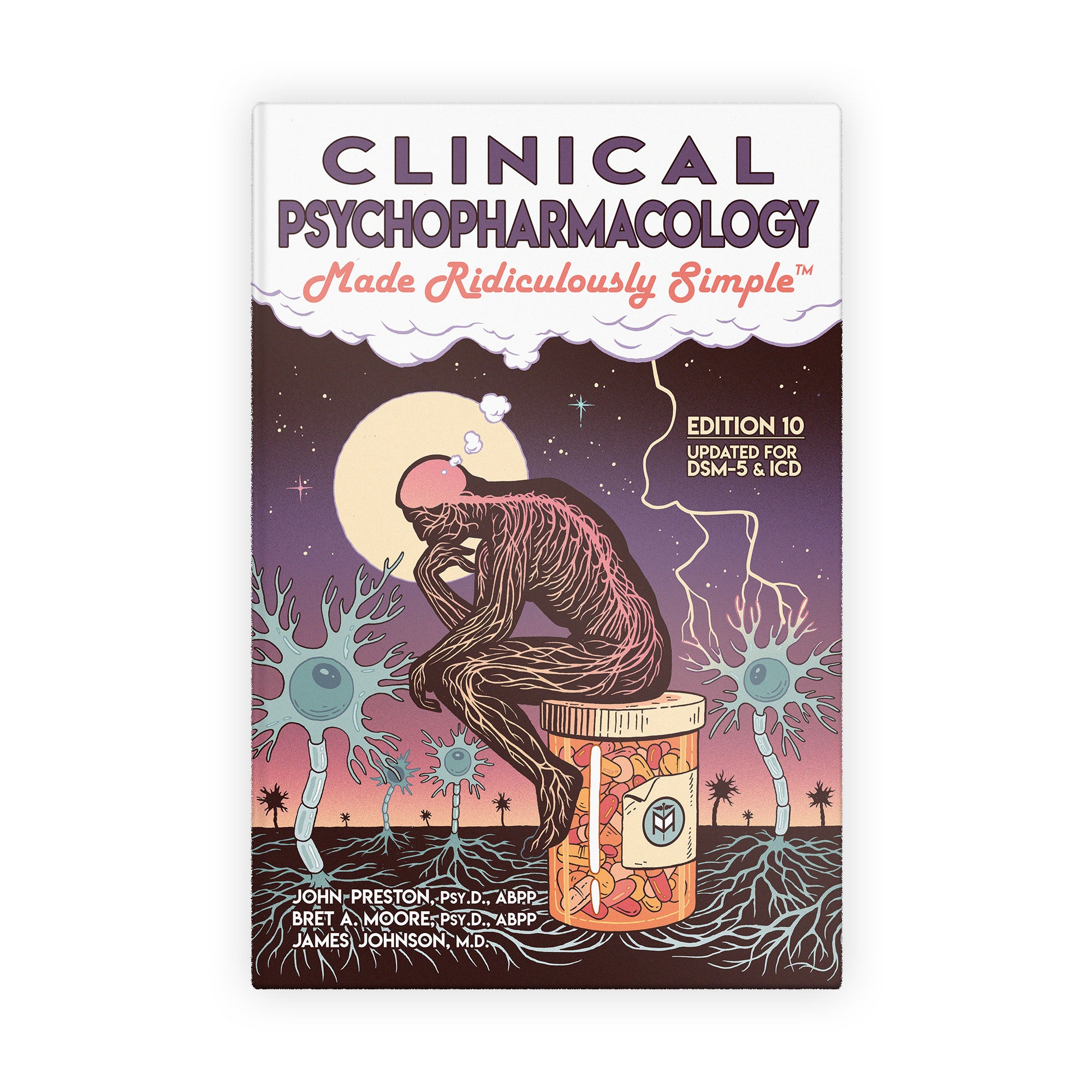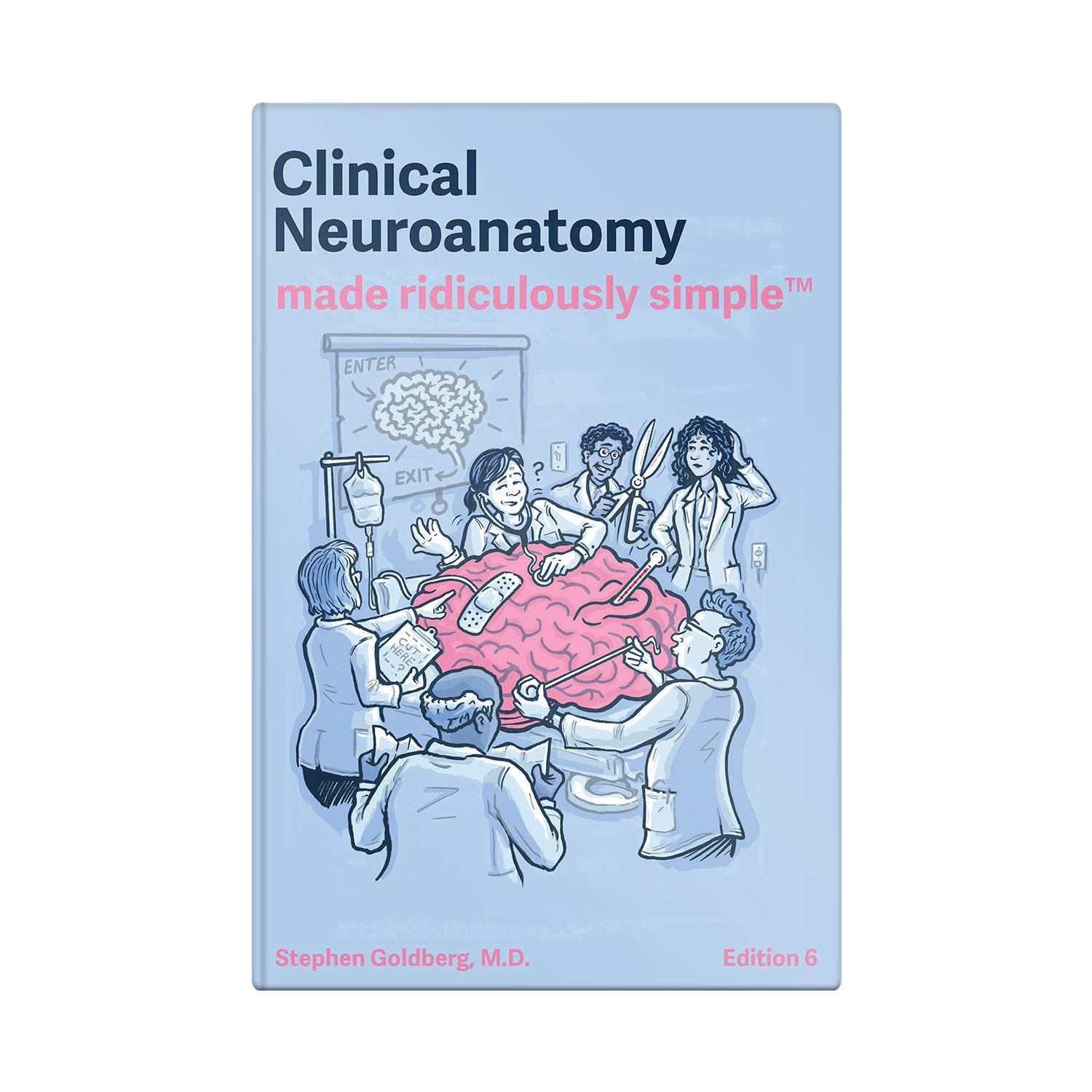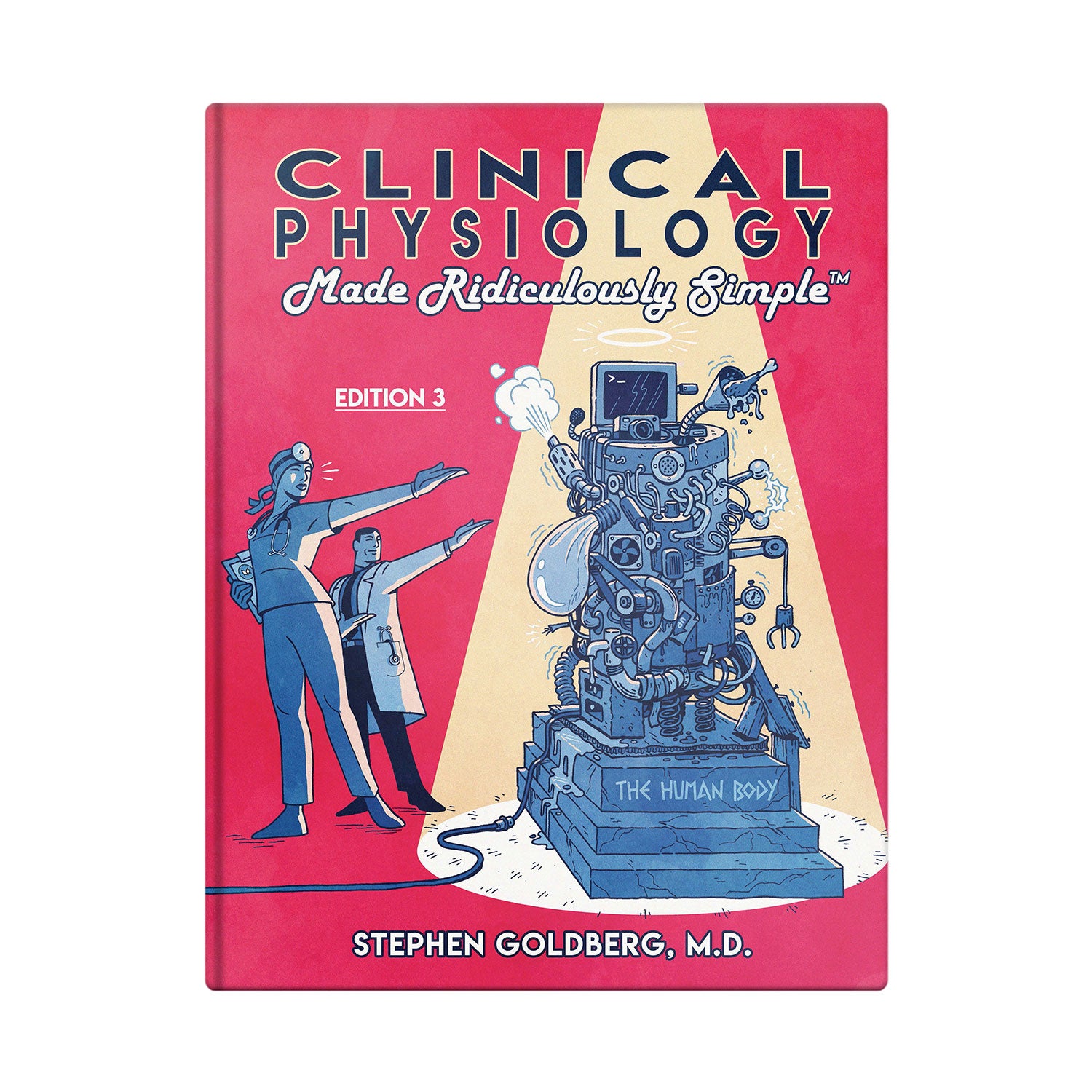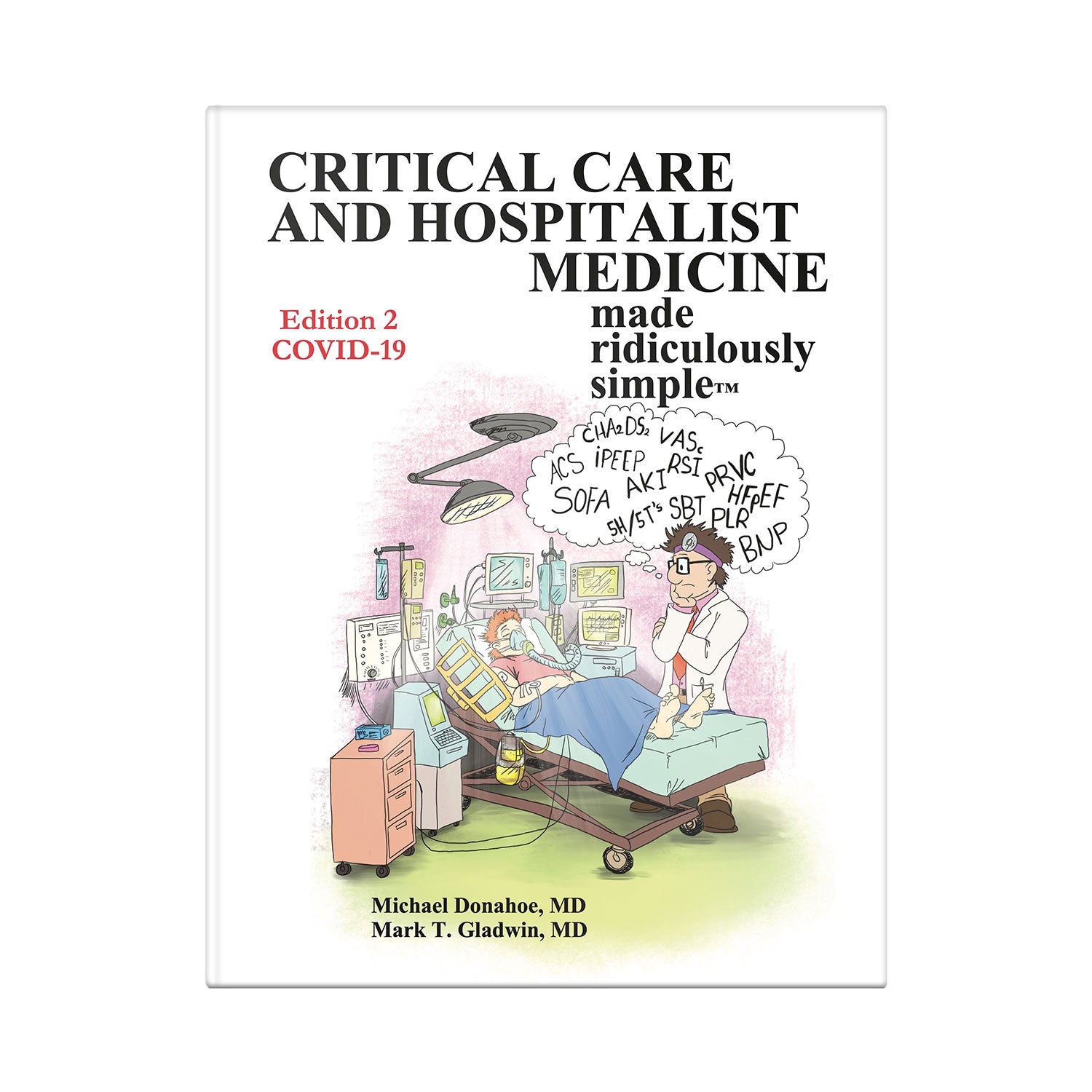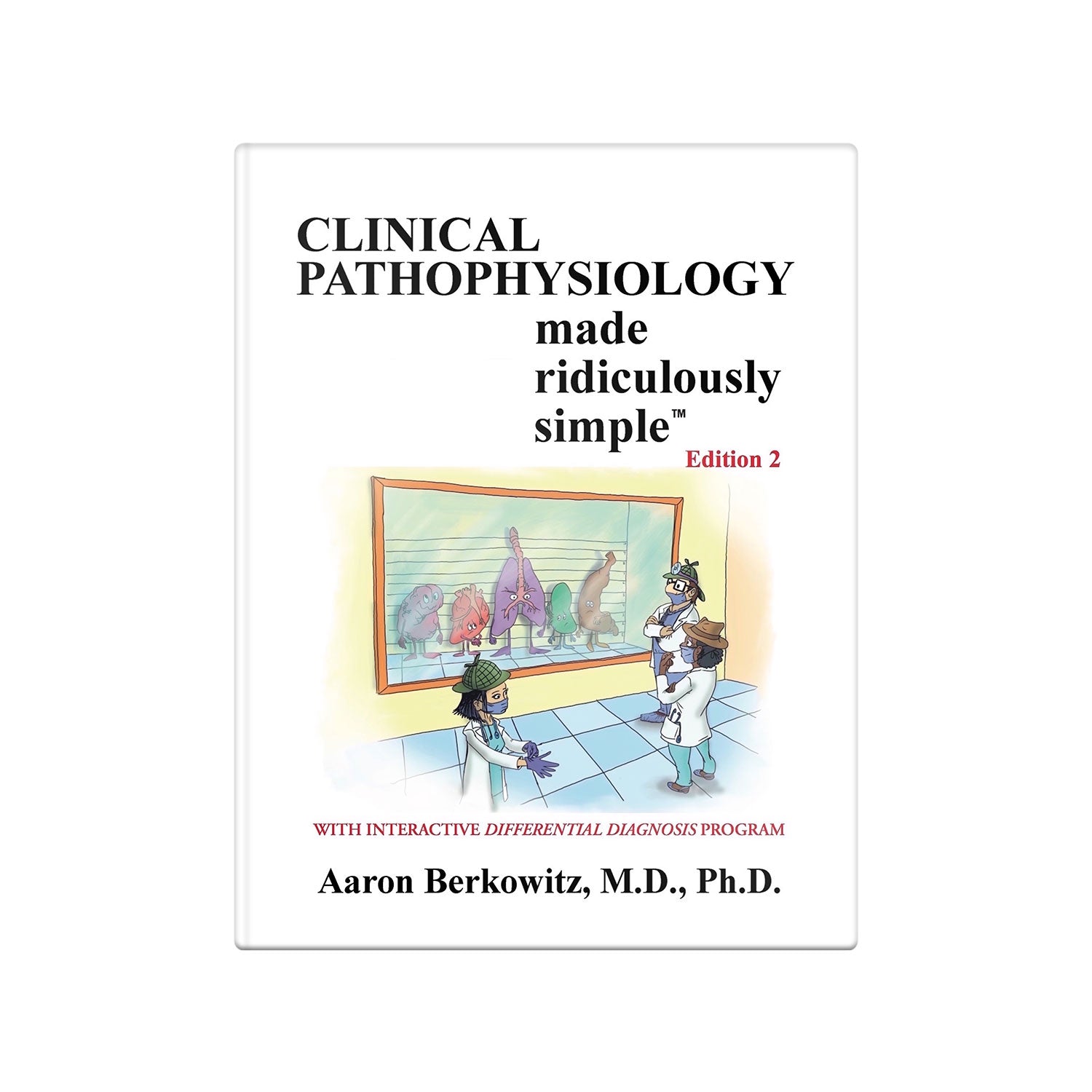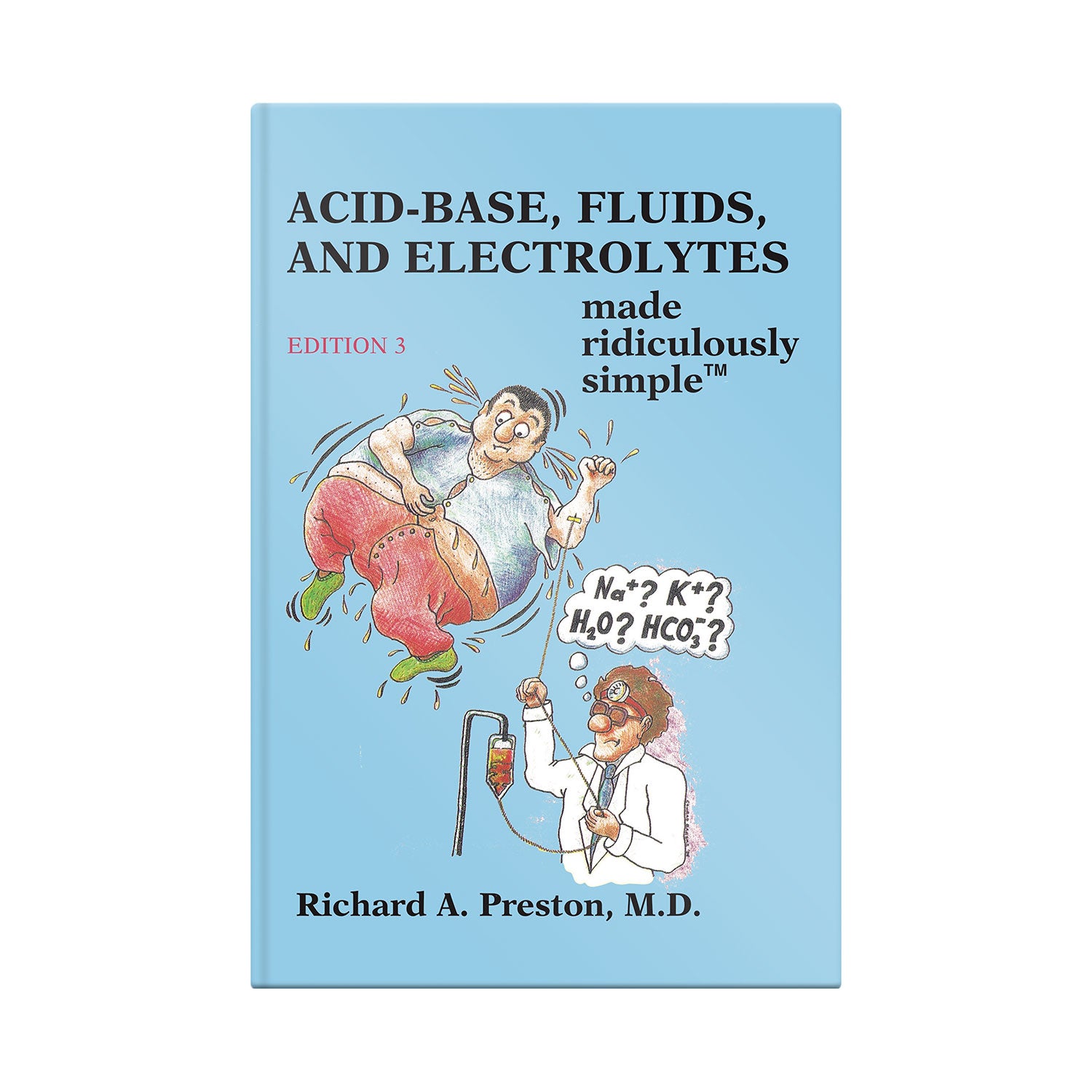

The Goldberg Files
Crush med school stress with tips and tricks to excel in your journey to becoming a top-notch clinician.
Crush med school stress with tips and tricks to excel in your journey to becoming a top-notch clinician.
Study For The USMLE
Have you at the end acquired a broad understanding of the fields, or are you left with isolated...
3 min readRevamping The Med School Curriculum
While this may seem to be a “minimalist” approach to education, it is not.
5 min readShould USMLE Step 1 Be Eliminated, Modified, Or Open-Book?
Even the best physicians may have trouble with questions on the Boards.
2 min read
